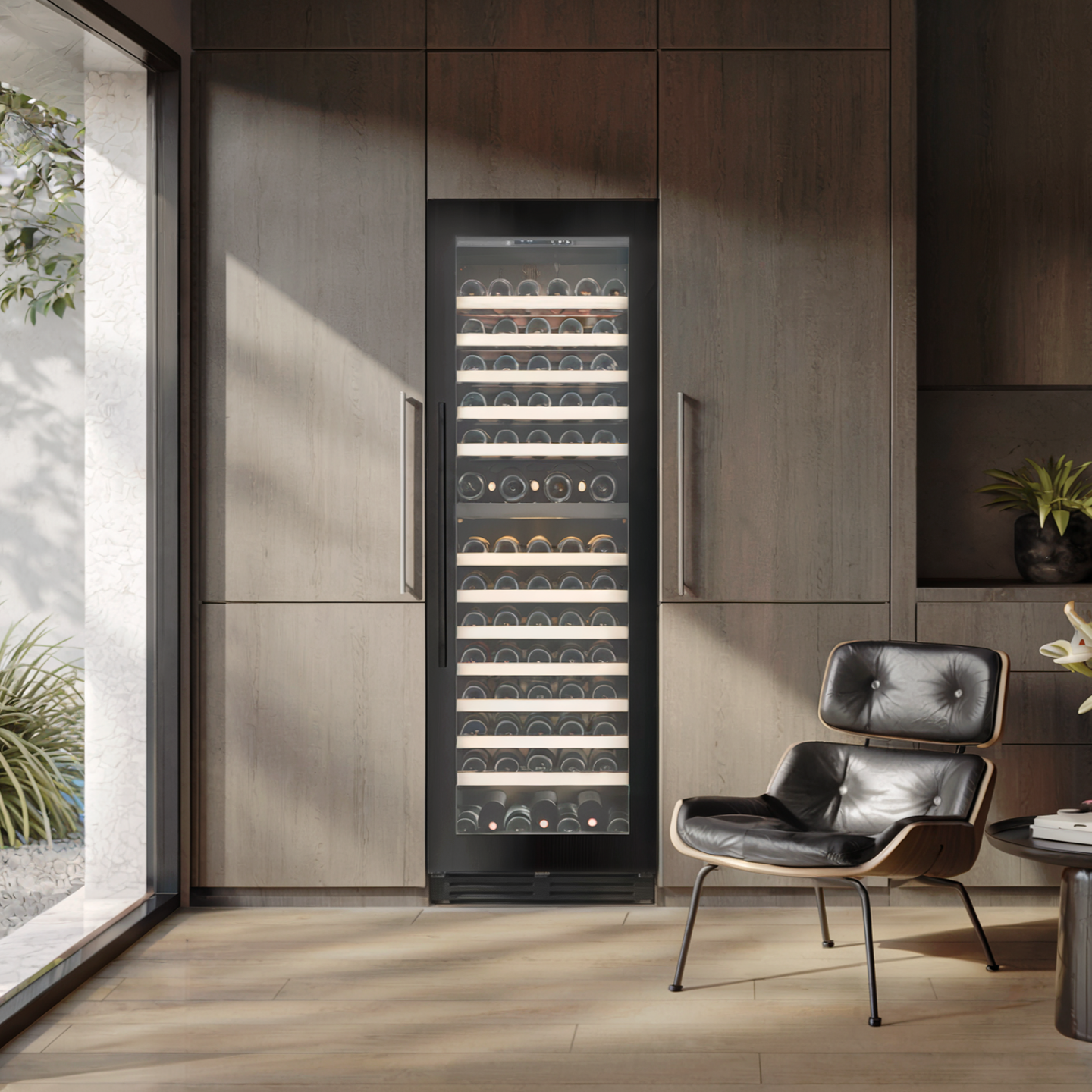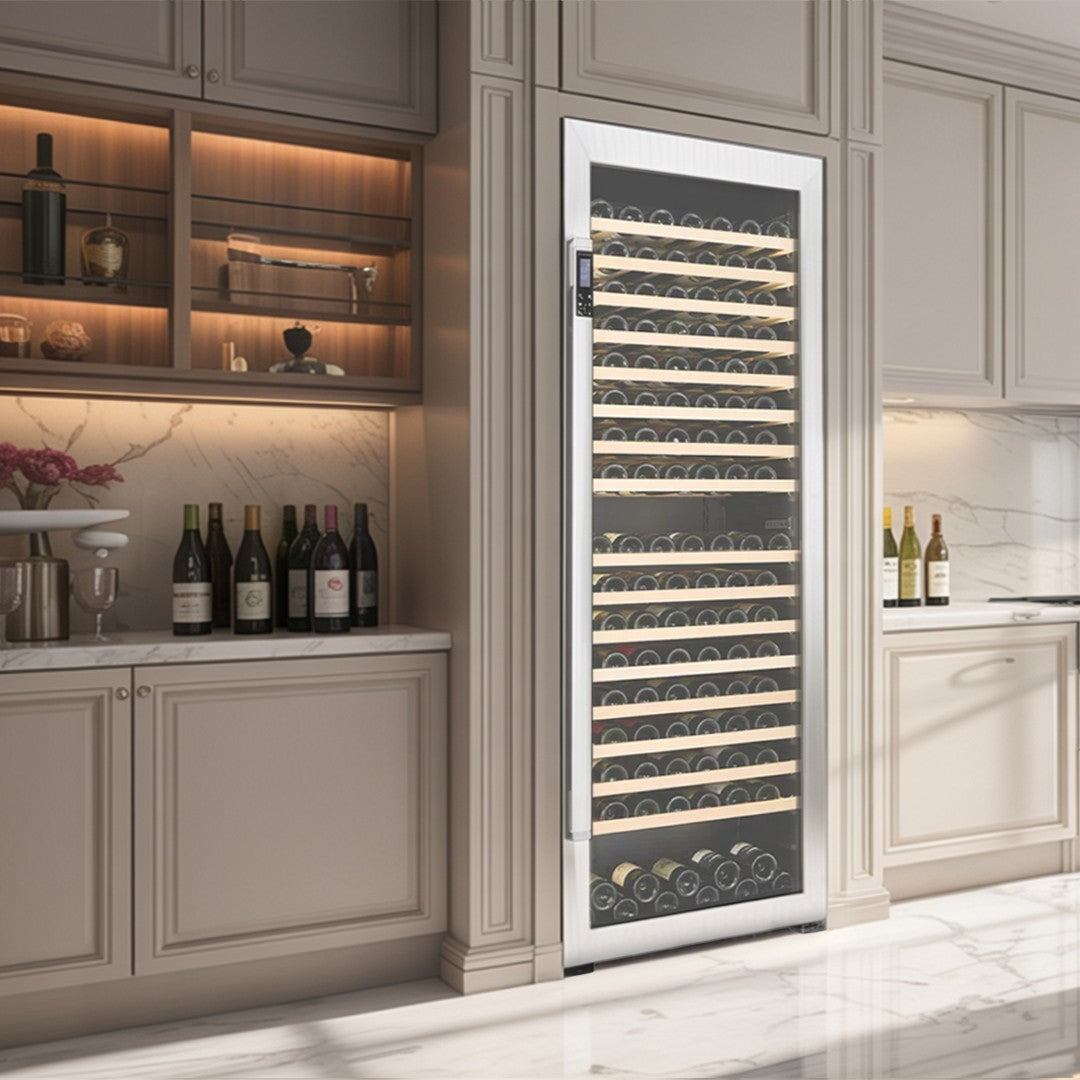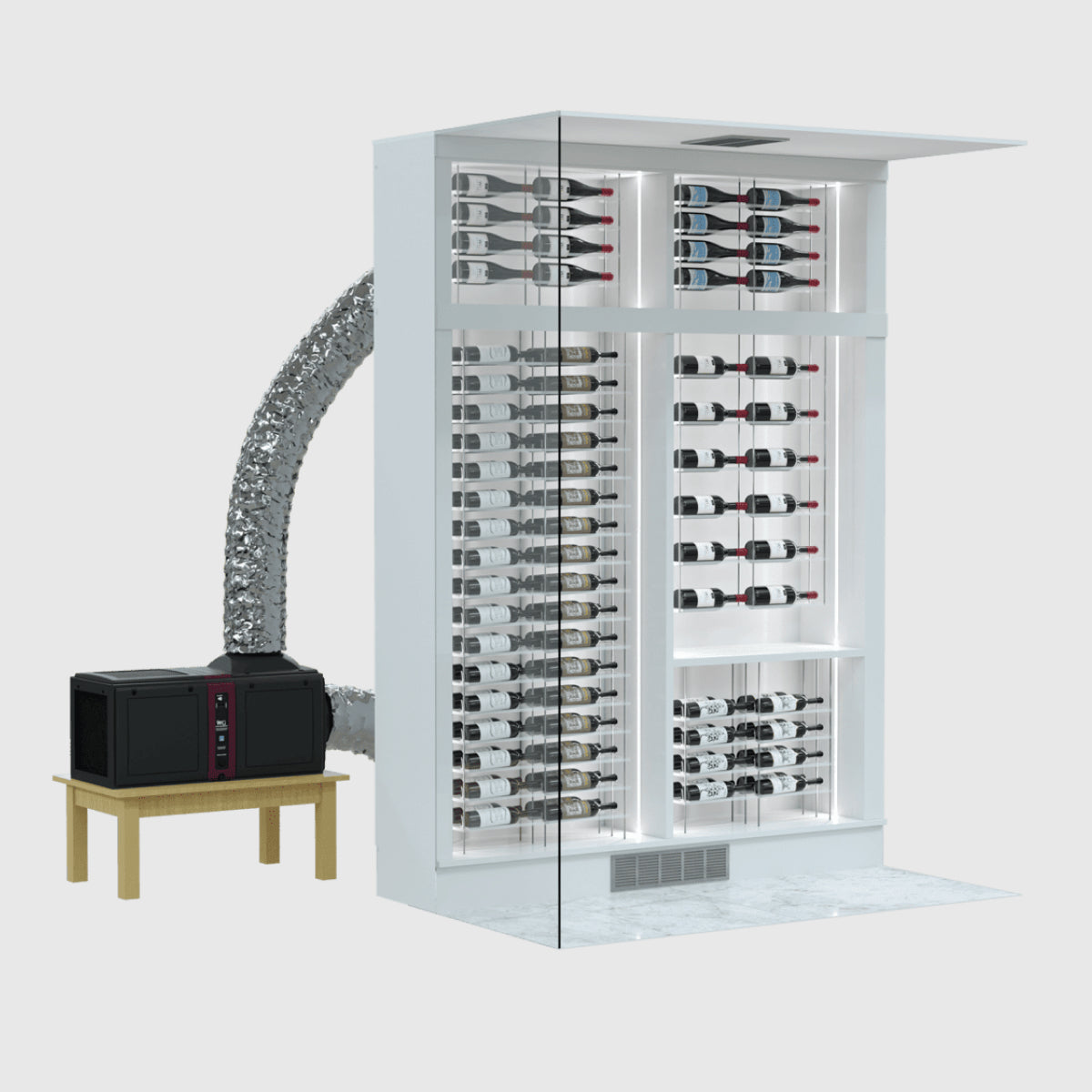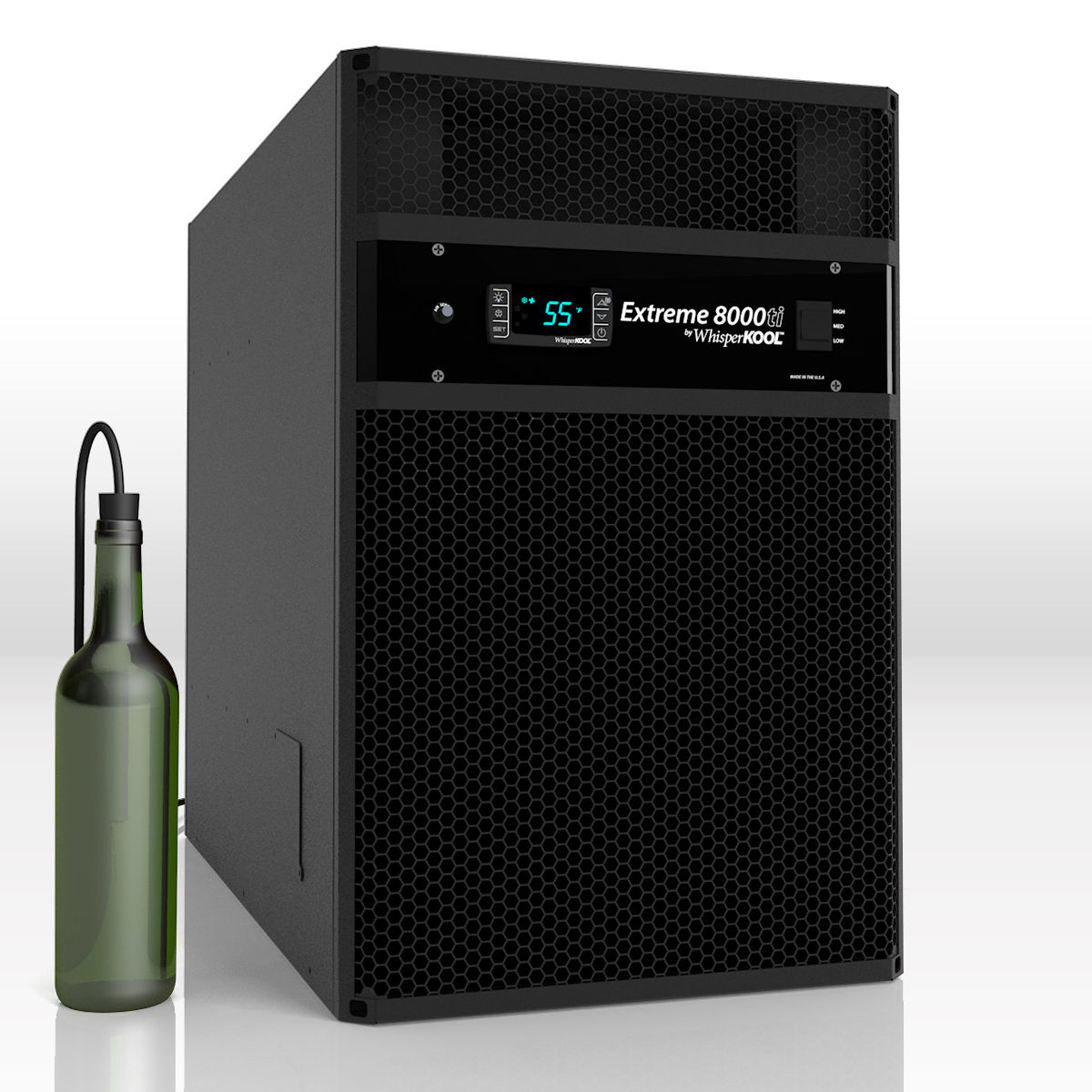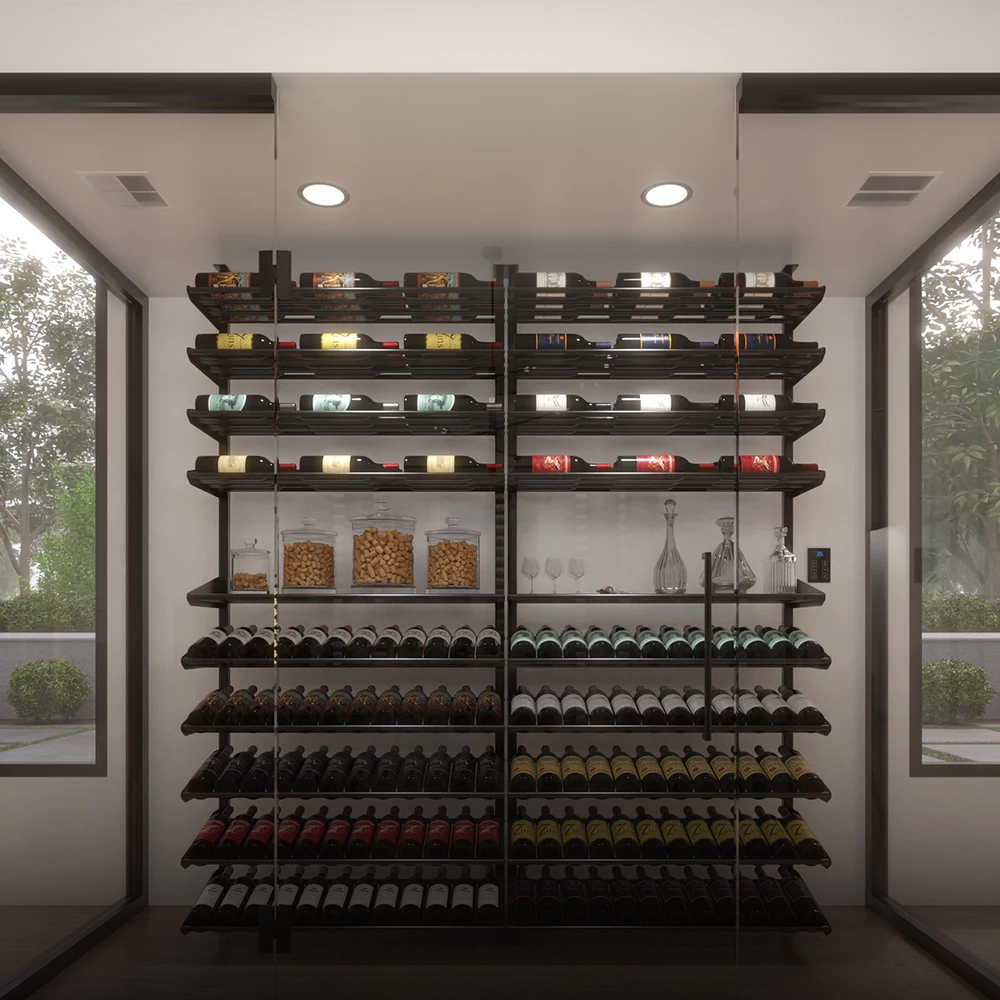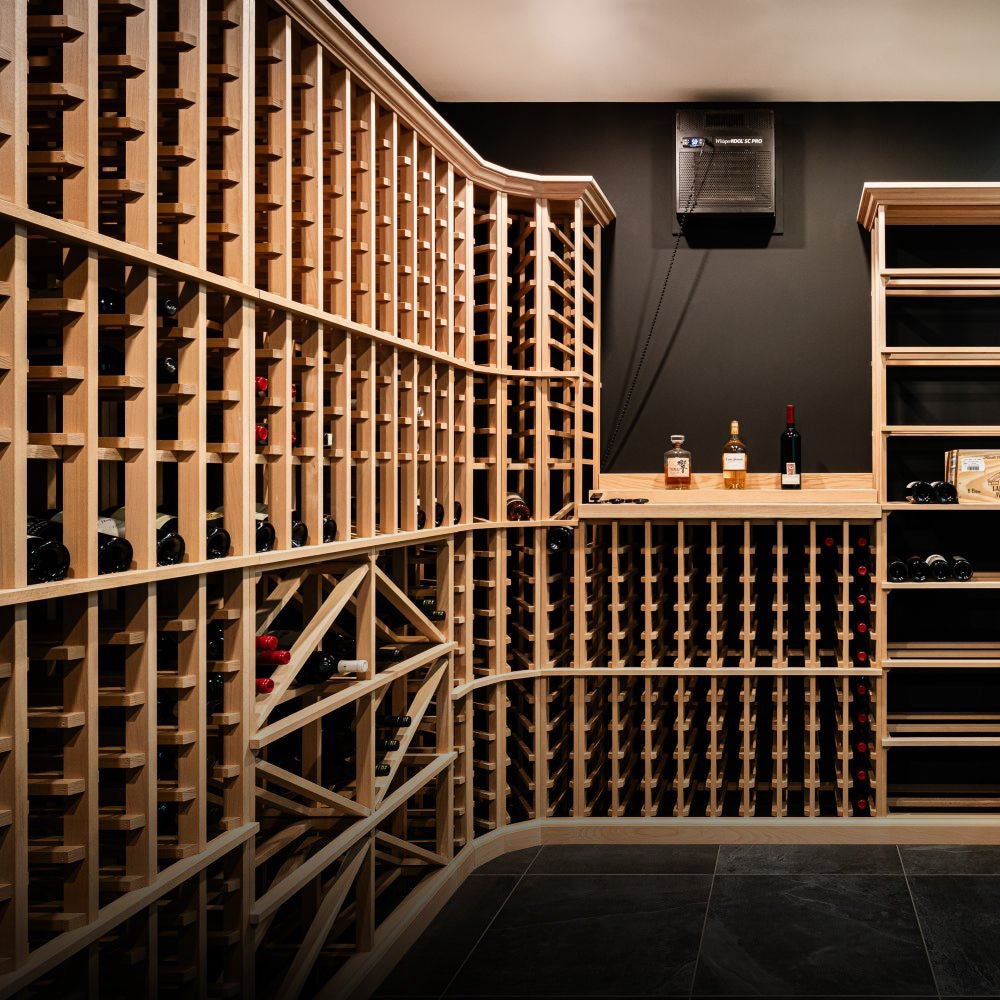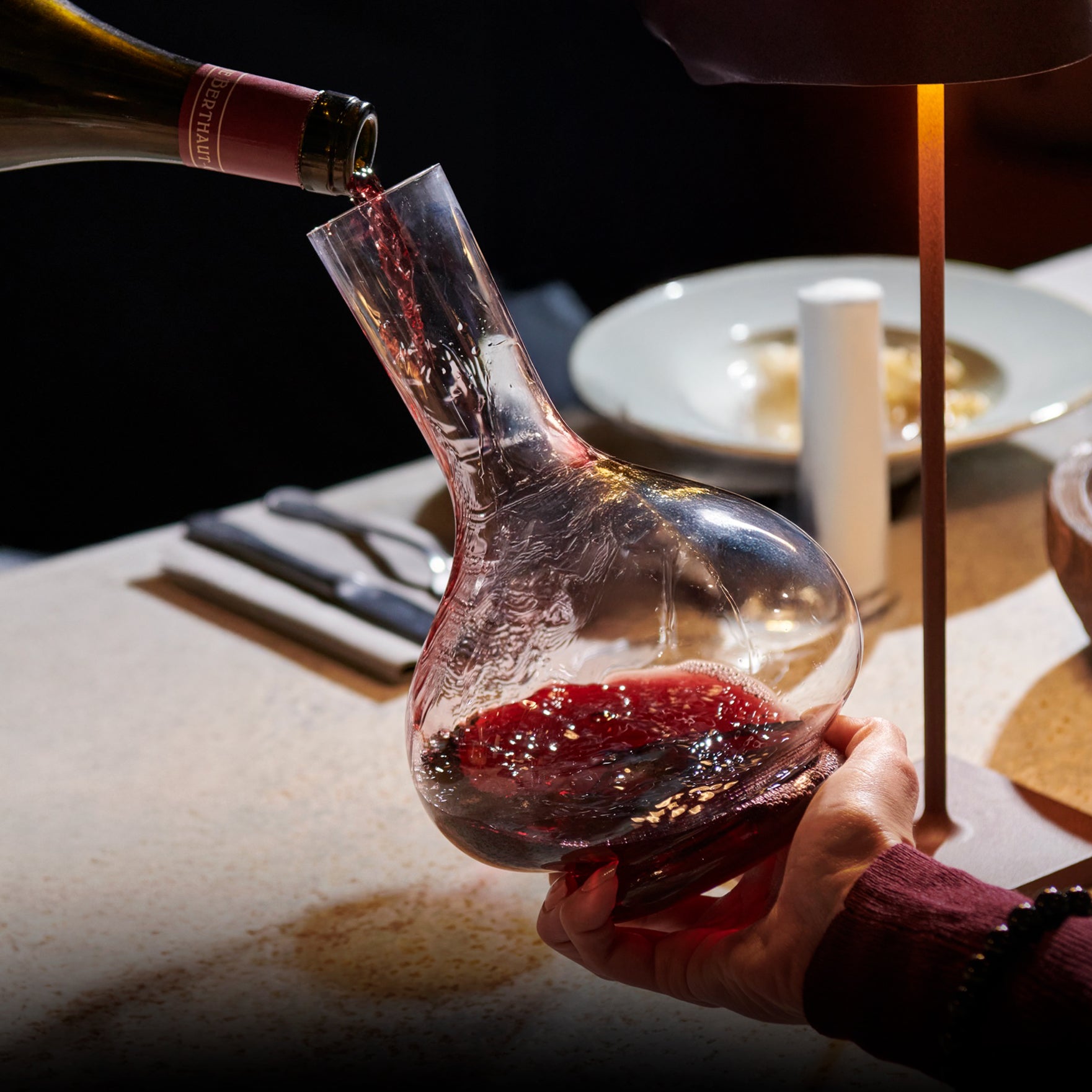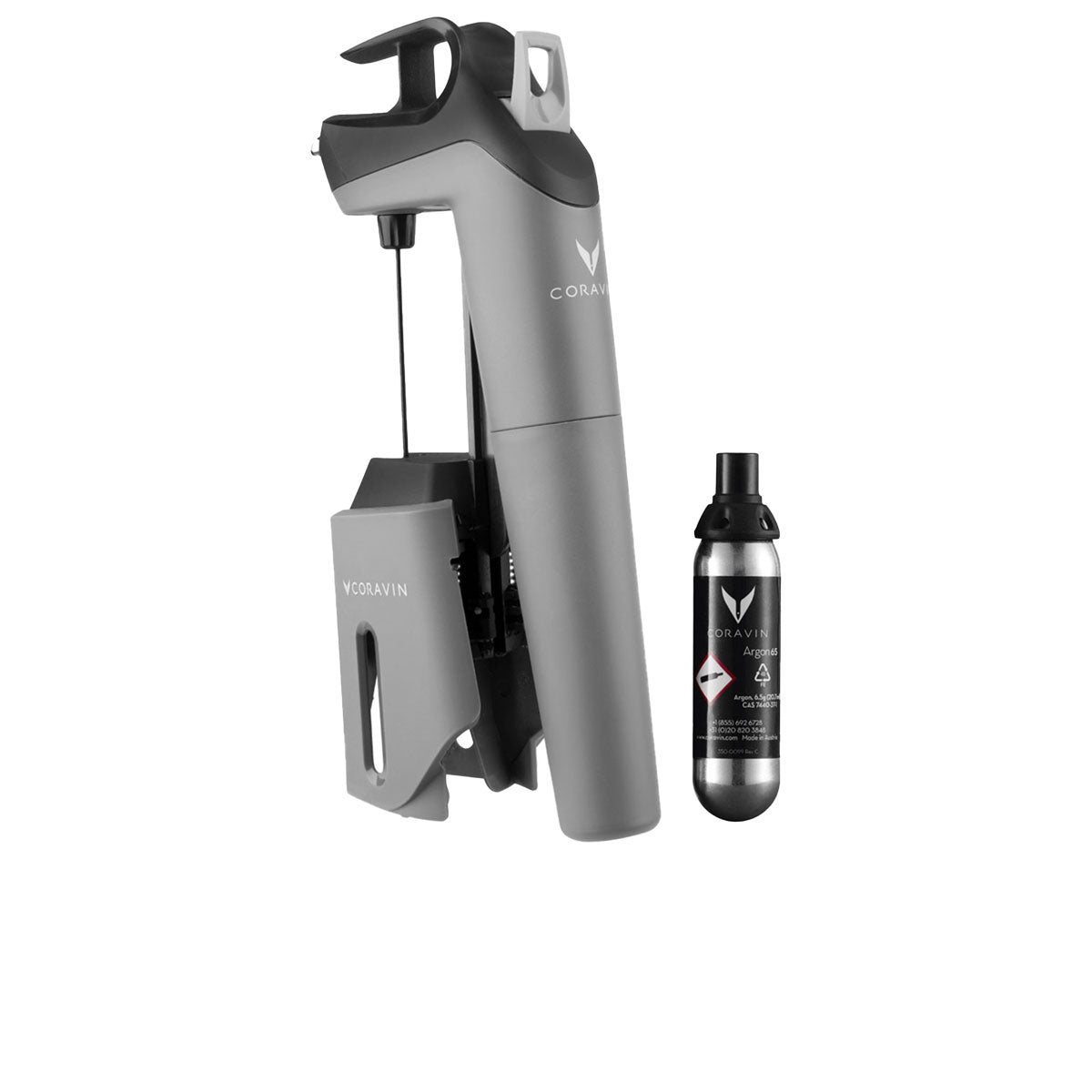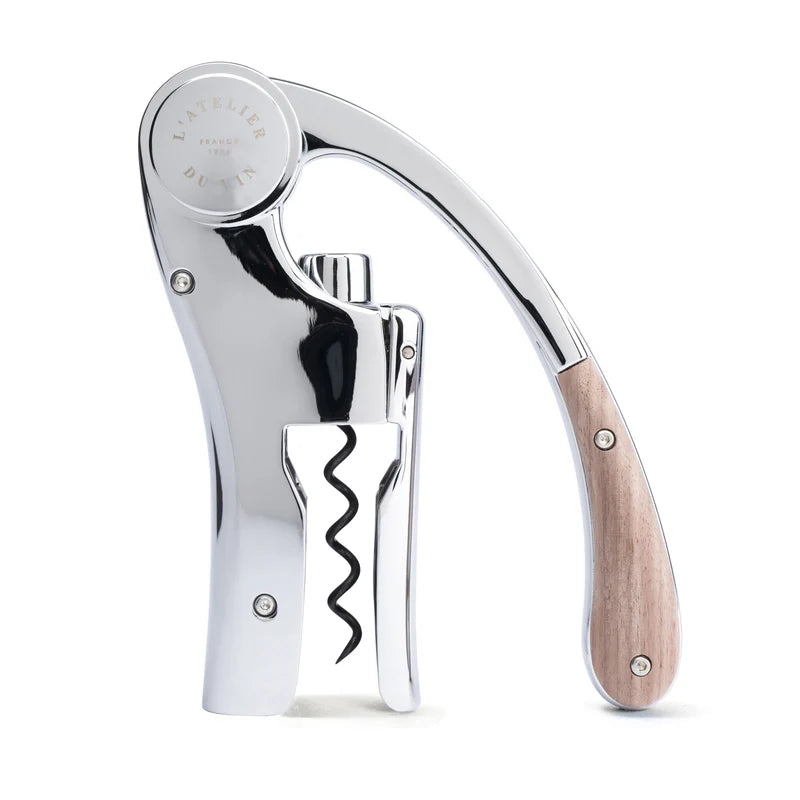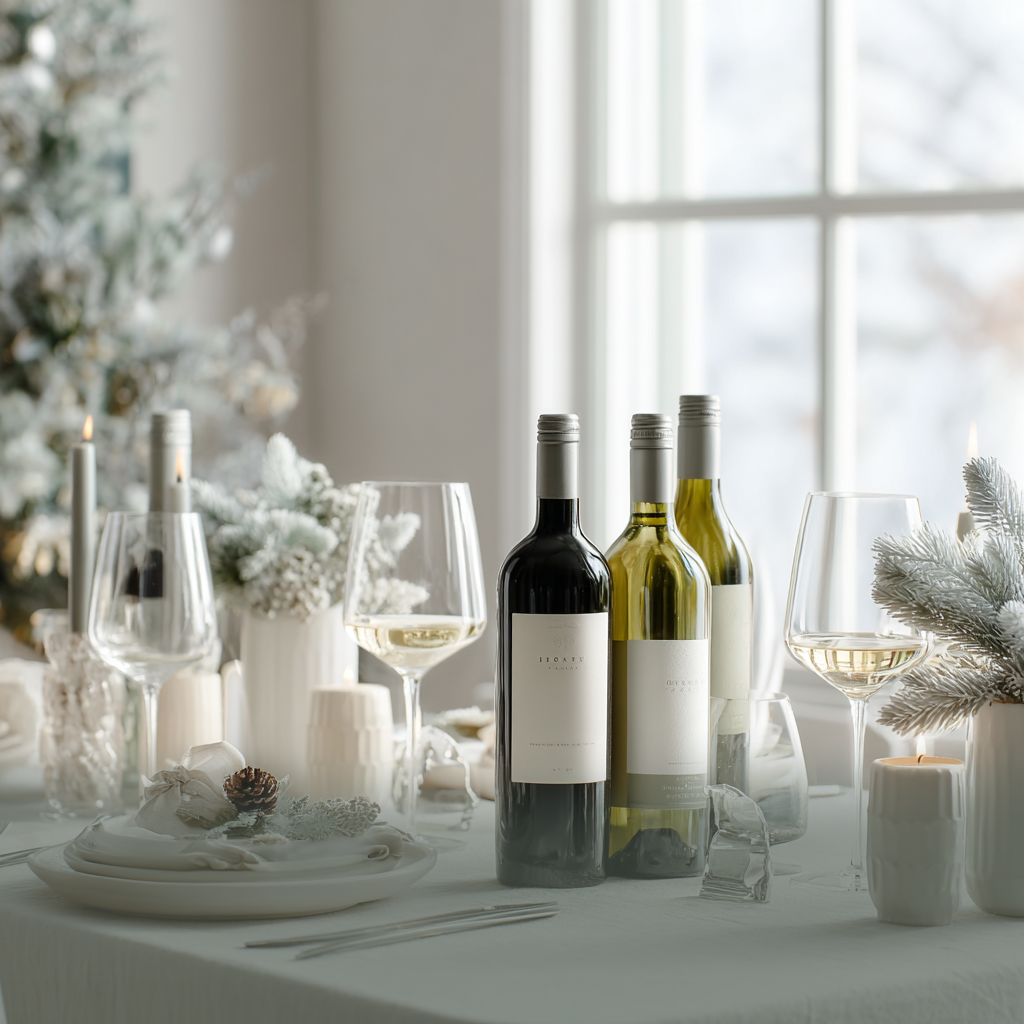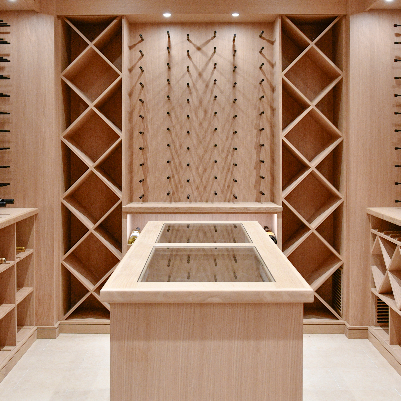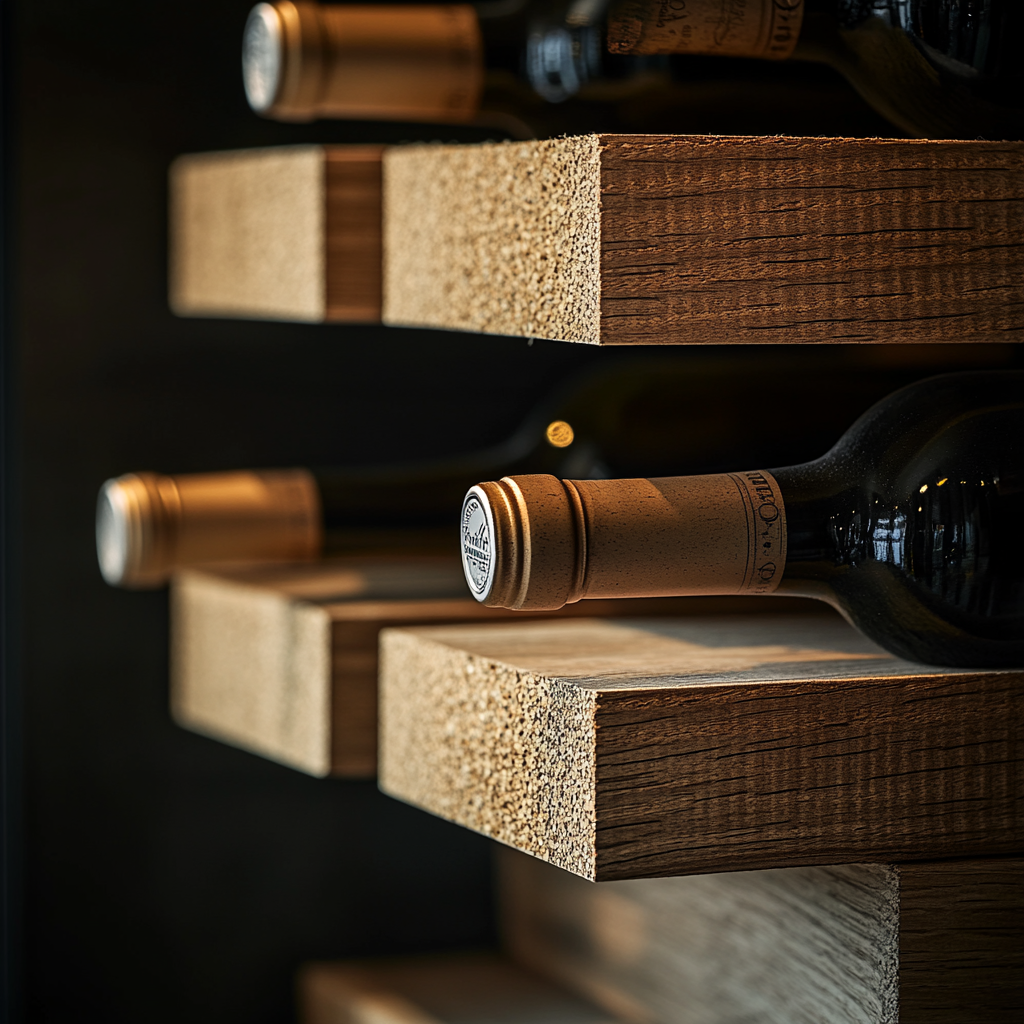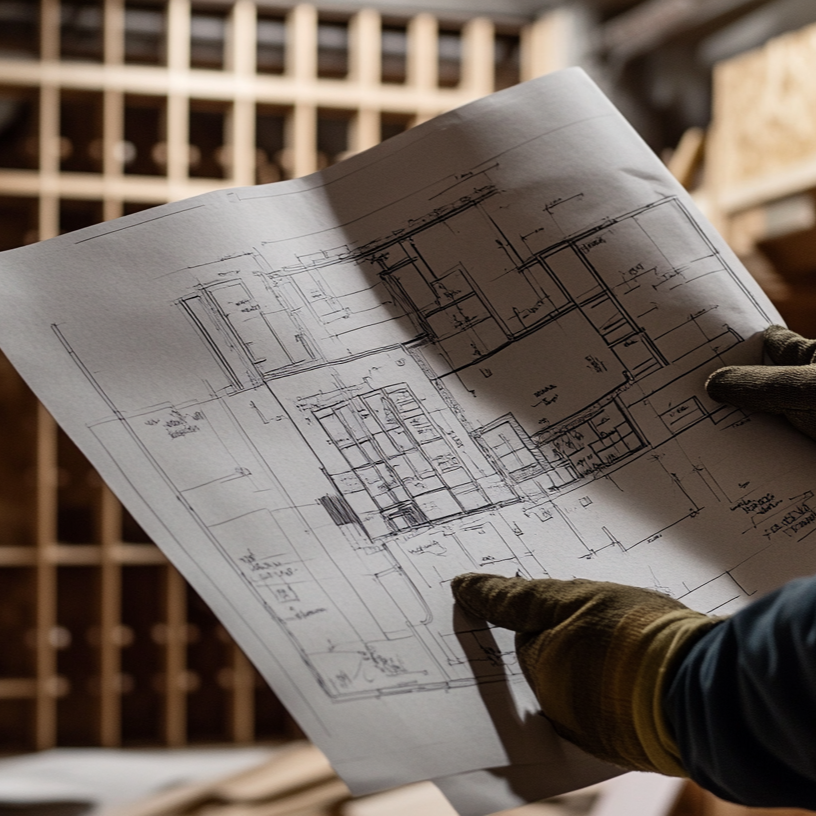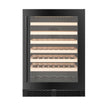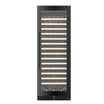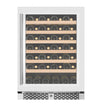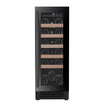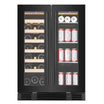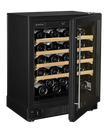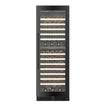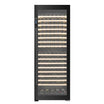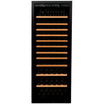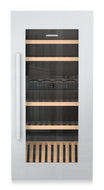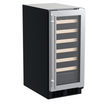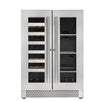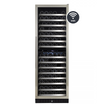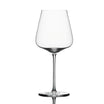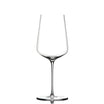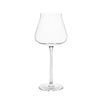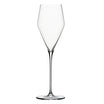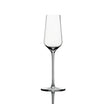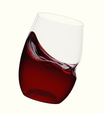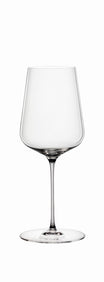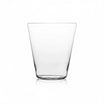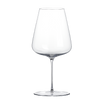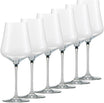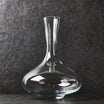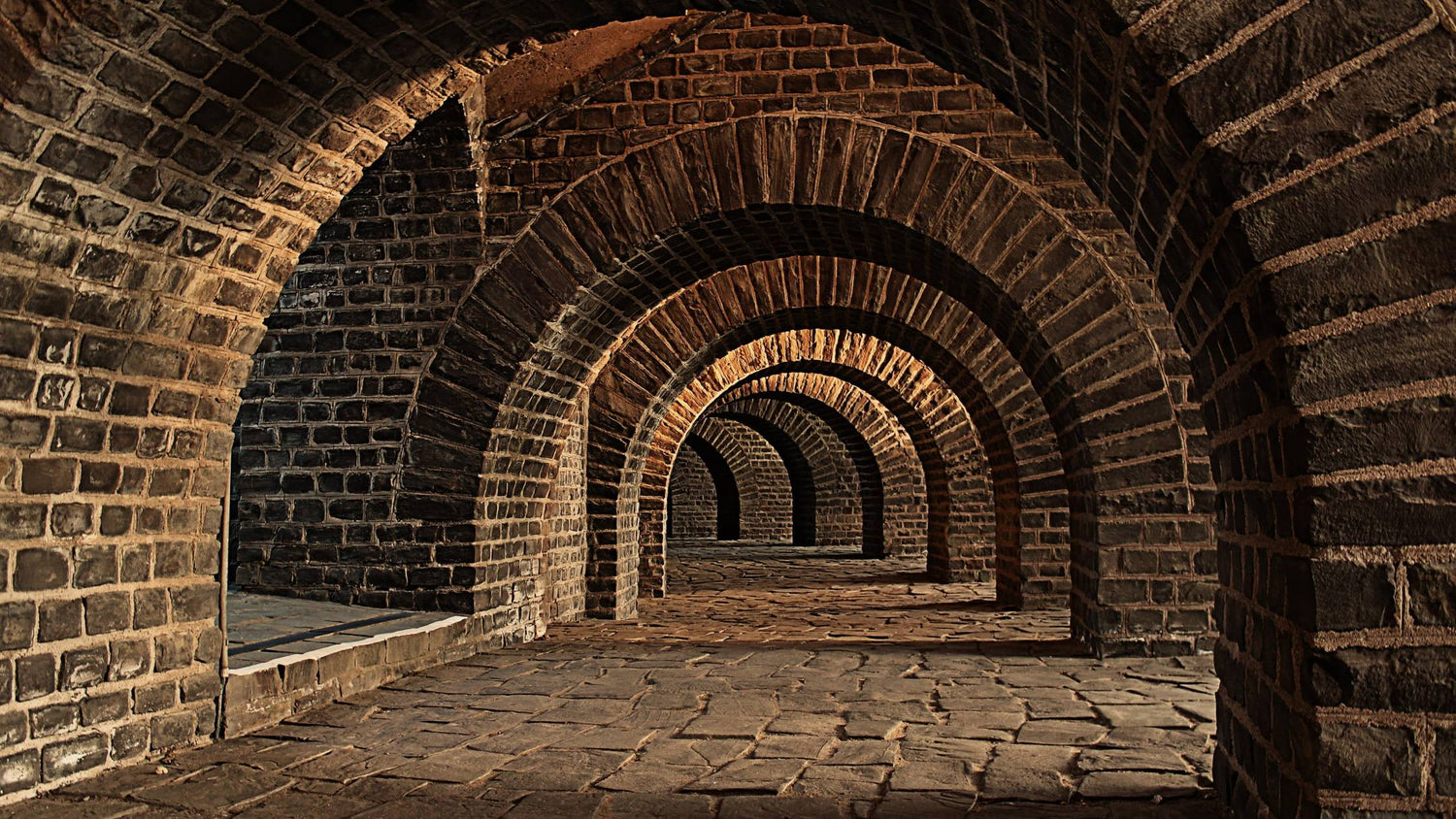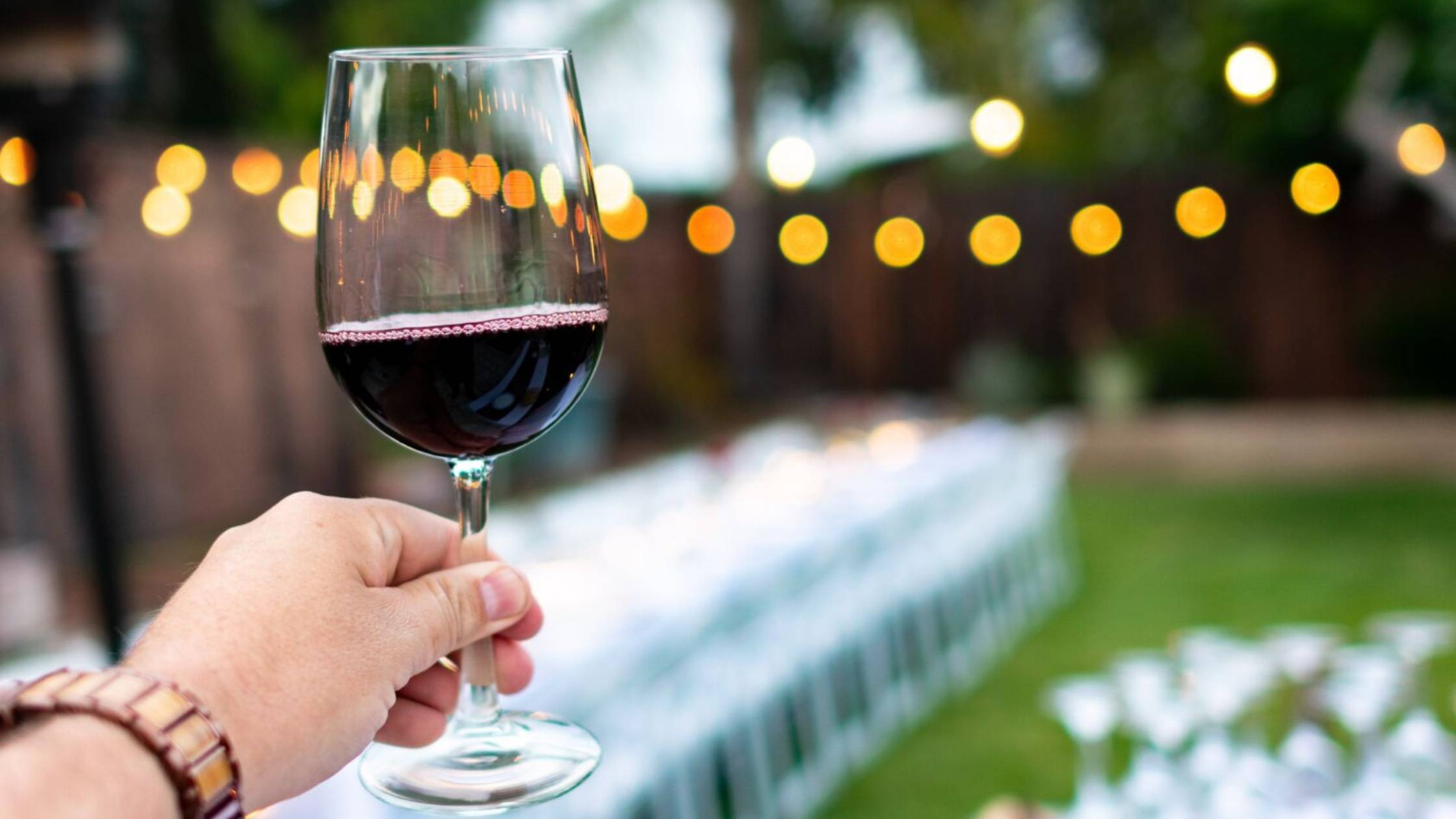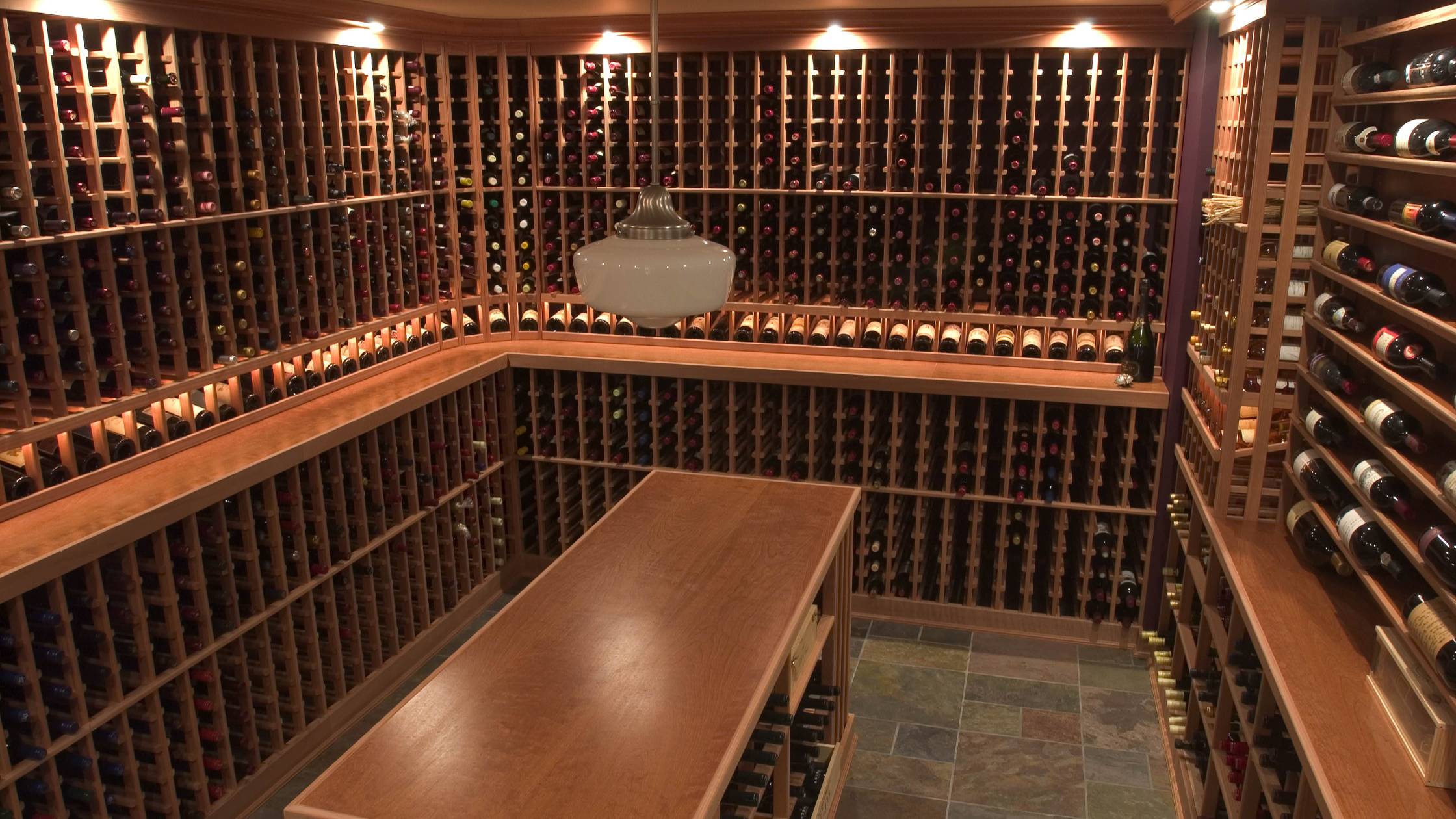Most healthy wine cellars have a certain degree of humidity, and for good reason. Humidity helps maintain an appropriate amount of dampness within the cellar, ensuring wine corks remain moist, and the aging process proceeds uninterrupted.
Also, humidity helps wooden wine racks keep reasonably elastic. Elasticity improves durability, creating appropriate conditions for longevity.
Therefore, humidity is a very supportive environmental variable for effective wine preservation. However, humidity becomes more of a liability than an asset when it causes mold.
How does mold appear within basement wine cellars?

If you find mold on wine bottles, simply wipe it off the surface of the bottles or the tops of corks using a clean, soft cloth. Make sure the cloth is soaked in antibacterial or antifungal detergents to ensure a safe and thorough cleaning. Unfortunately, once mold appears on the labels of your bottles, there’s very little that can be done to remove those blemishes.
How do you control the spread of mold? Invest in a hermetically sealed storage space and preserve your entire wine collection within a very controlled environment. Plastic vapour barriers or specially treated spray foam insulation help control the degree of humidity and moisture that permeates throughout the wine cellar storage space.

Create the perfect wine storage environment
Mold in wine cellars is always associated with moisture
Too much moisture is the biggest trigger of mold. Therefore, take proactive measures to control both airflow and moisture. Also, reinforce the pillars of your basement wine cellar to prevent any leaks or damage caused by water runoff.
Fix the foundation
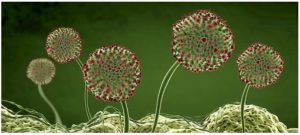 Cracks in your foundation allow water to seep directly into the basement. Thus, fixes to the foundation will help protect your cellar space from water damage. You may want to hire a contract expert to help you with this work and ensure the job is done correctly.
Cracks in your foundation allow water to seep directly into the basement. Thus, fixes to the foundation will help protect your cellar space from water damage. You may want to hire a contract expert to help you with this work and ensure the job is done correctly.
Waterproof the cellar area
At the same time, you should invest in waterproof solutions for your cellar space. Invest in a nonporous material to line the areas that are susceptible to water seepage. Indeed, this is one of the best ways to prevent dampness and excessive moisture.
Secure home exterior
Furthermore, do a thorough inspection of the space directly outside your home, particularly the area that surrounds the basement. If water tends to pool close to the house, consider some yard renovations to change the water flow.
Air condition the wine cellar space to defeat mold
Fresh air circulating within the basement has a profound effect on mold. For this reason, ensure your wine cellar space is well ventilated, and install the proper air conditioning equipment to control airflow. Subsequently, use the device to set an appropriate temperature. This will reduce the risk of mold infesting your dedicated wine cellar.
Inspect wine cellar area for the presence of mold
Moreover, conduct your own spot check for any mold within your finished wine cellar space. Without a starting point, it’s harder for mold to develop over time. Complete this inspection before you fill up the space with your collection of premium wine bottles. It’s much easier and less time consuming to conduct the spot check ahead of time.
Most Common Wine Cellar Mold Types
Hopefully, you will never encounter a mold problem in your wine cellar, but sometimes mold is unavoidable. Here are some of the more common kinds of mold that pose a risk to your health or to the security of your wine cellar.
Alternaria
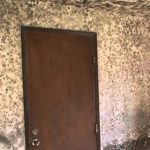 Alternaria is one of the more common molds found outside the house. It commonly develops in damp spaces near puddles along the side of the house. The spores of Alternaria mold are a primary allergy trigger for many people, especially during spring and summer.
Alternaria is one of the more common molds found outside the house. It commonly develops in damp spaces near puddles along the side of the house. The spores of Alternaria mold are a primary allergy trigger for many people, especially during spring and summer.
Indoors, alternaria usually appears in damp areas like sinks, showers, or dimly lit humid areas, such as basement wine cellars. Health problems associated with alternaria include asthma attacks and allergic reactions.
Aspergillus
Another common indoor mold is aspergillus. Some forms of aspergillus appear with a yellowish hue, particularly near any space with water damage. This mold is incredibly common and does only minor damage to those that inhale it. However, severe reactions include respiratory infections, allergic reactions, and inflamed lungs. If you experience any of these symptoms, contact your doctor immediately.
Aureobasidium
Aureobasidium mold is most often found on wooden surfaces, painted walls, wallpaper, and within bathroom or window caulking. If you notice a spotty substance that is pink and black in color in those areas, it’s probably this type of mold. Therefore, because aureobasidium is so common, most people develop allergic reactions. In some cases, it’s been known to cause more severe reactions than other molds. Symptoms of a reaction include allergies, breathing problems, chronic sinus infections, asthma attacks, fatigue, and depression.
Chaetomium
 Chaetomium is a fungal genus in the Chaetomiaceae family, which contains around eighty known species of mold. These molds cause health problems in humans as a result of prolonged exposure. Members of this genus typically have superficial, ostiolar perithecia, covered in hairs. Asci are often clavate and evanescent, bearing eight spores called ascospores, which means they’re spores contained in an ascus or that which was produced inside an ascus. This kind of spore is specific to fungi classified as ascomycetes (Ascomycota).
Chaetomium is a fungal genus in the Chaetomiaceae family, which contains around eighty known species of mold. These molds cause health problems in humans as a result of prolonged exposure. Members of this genus typically have superficial, ostiolar perithecia, covered in hairs. Asci are often clavate and evanescent, bearing eight spores called ascospores, which means they’re spores contained in an ascus or that which was produced inside an ascus. This kind of spore is specific to fungi classified as ascomycetes (Ascomycota).
Ascospores are formed in ascus under optimal conditions. Typically, a single ascus will contain eight ascospores (or octad). They are usually lemon-shaped and commonly colored olive-brown. Mycelia often grows in conglomerate masses that resemble ropes. This mold is found in drywall that has experienced water damage. People typically identify its presence when they smell a musty or old odor in their home.
Cladosporium
Homeowners often find the cladosporium mold inside both cool and warm areas like carpet, wood floorboards, wooden cabinets, and older fabrics. Being around the cladosporium mold can leave homeowners with breathing problems and respiratory issues. While most types of mold prefer warm climates, cladosporium grows in cool areas, too. It often grows on fabrics, like carpets, and on wooden surfaces, like cabinets and floorboards. It can cause a variety of respiratory problems.
Fusarium
Fusarium is a mold that tends to grow in colder, wetter areas. In brief, fusarium mold is commonly found within carpeted areas and similar fabrics. It can cause the standard allergic reaction as well as respiratory infections and inflammation.
Penicillium
Penicillium is a mold that can be found indoors inside insulation, furnishings, water damaged furniture, carpeting, and other areas. It’s known for spreading quickly throughout the home. Consequently, homeowners report sinus infections, lung inflammation, as well as allergic reactions when exposed to penicillium.
Stachybotrys Chartarum
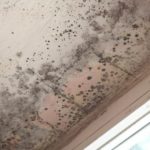 Black mold or stachybotrys chartarum is also called toxic mold. This is due to the fact that this type of mold creates toxic compounds known as mycotoxins. The compounds cause those that breathe in the mold to develop breathing issues, sinus infections, depression, fatigue, asthma attacks, and more. This type of mold can be identified by its musty smell and is found in areas that stay damp, like air conditioning pipes or airducts.
Black mold or stachybotrys chartarum is also called toxic mold. This is due to the fact that this type of mold creates toxic compounds known as mycotoxins. The compounds cause those that breathe in the mold to develop breathing issues, sinus infections, depression, fatigue, asthma attacks, and more. This type of mold can be identified by its musty smell and is found in areas that stay damp, like air conditioning pipes or airducts.
Serpula Lacrymans
 Serpula lacrymans mold is commonly found outside wine cellars, but it can also grow inside on wooden surfaces. This mold leads to dry rot within wood as it feeds solely on wooden surfaces. It’s most noticeable by its yellow appearance.
Serpula lacrymans mold is commonly found outside wine cellars, but it can also grow inside on wooden surfaces. This mold leads to dry rot within wood as it feeds solely on wooden surfaces. It’s most noticeable by its yellow appearance.
Pink mold is actually a bacteria and not a fungi. This bacteria is most commonly found in damp wet places, such as showers, bathtubs, tile grouts, wash basins, etc. It feeds on detergents and especially on hand soaps or shampoo residue in bathrooms.
Aureobasidium pullulans (A. pullulans) is another common pink mold. This fungus starts off light pink, white or yellow and ages into a brown or black with a gray edge. This mold grows more often on organic material such as wine labels, damp wood window frames, and linseed-oil paint.
Trichoderma
Trichoderma is another mold that develops in damp areas. Homeowners often find the trichoderma mold within damp carpeting, wallpaper and similar surfaces. Trichoderma produces mycotoxins that can cause sinus infection, allergic reactions, and more.
Ulocladium
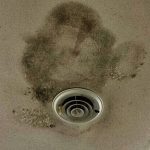 Ulocladium is a genus of fungi, and it can be found both outside and inside wine cellars. It’s typically found in areas that have been severely damaged by water, such as within the floors and walls of homes that experienced a flood. This kind of mold causes many homeowners to develop allergic reactions and infections.
Ulocladium is a genus of fungi, and it can be found both outside and inside wine cellars. It’s typically found in areas that have been severely damaged by water, such as within the floors and walls of homes that experienced a flood. This kind of mold causes many homeowners to develop allergic reactions and infections.
Other species contain enzymes that are biological control agents. Some members of the genus can invade homes and are a sign of moisture because the mold requires water to thrive. The species Ulocladium oudemansii is utilised as a biocontrol agent against Botrytis cinerea. The New Zealand company Botry Zen (2010) Ltd uses it to control Botrytis bunch rot in the NZ vineyard industry.
How to treat common mold found within wine cellars
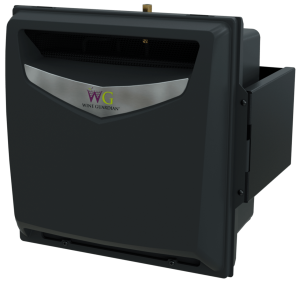
Once you identify a mold growing within your wine cellar, or anywhere in your home, it’s fairly easy to treat. Use specially formulated over-the-counter household cleaning products that contain the element Boron to treat most household molds. Do not purchase or use especially foul smelling concoctions when cleaning mold. Later, there’s a risk that the smell of these products could remain in the cellar and taint your wine.
Begin your spot-check for any traces of mold within your cellar space. Search for wet or damp surfaces or crevices that are common breeding grounds for mold, and always wear a mask and gloves to clean the surfaces. Subsequently, seal off the area to prevent the spores from reproducing in other areas.
Moldy surfaces should be washed with a solution containing detergent and warm water. After the surface dries, use a gentle bleach solution on the surface. If wine is present in the room, you would be well advised to gently move the bottles until the smell dissipates (unless your collection uses plastic corks). The mold infested walls should be treated, and if left intact (concrete or stone) should be washed and treated at least three times. Following the third wash, create a borate detergent solution and scrub the surface.
Once your mold problem is gone, do your best to clean regularly and inspect for any returning mold. While molds are a natural part of life, they do not need to be a part of your home. Knowing how to identify, treat and prevent mold will keep you and your home healthy and happy.

Build a custom secure wine cellar
Create a customized environmentally controlled wine cellar.

